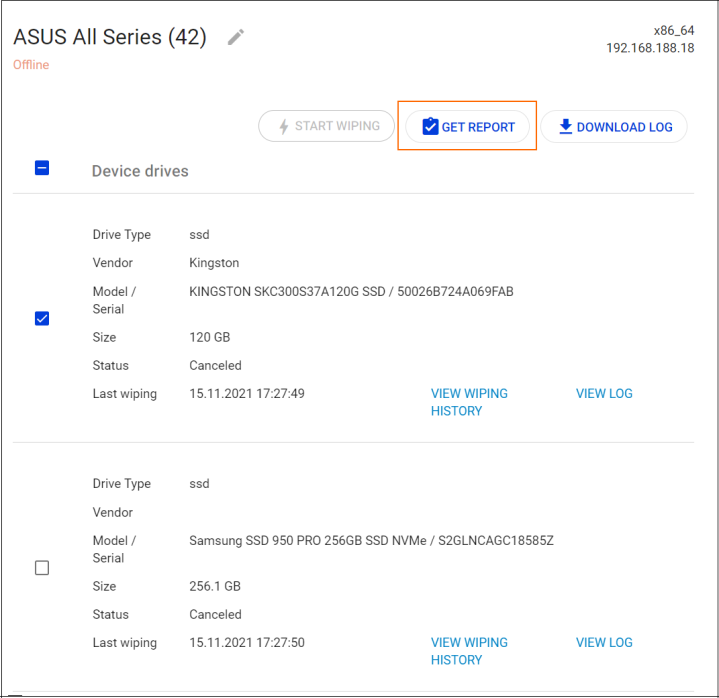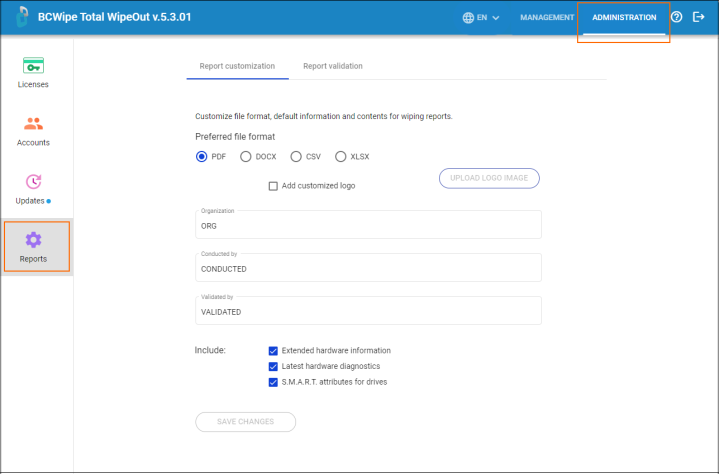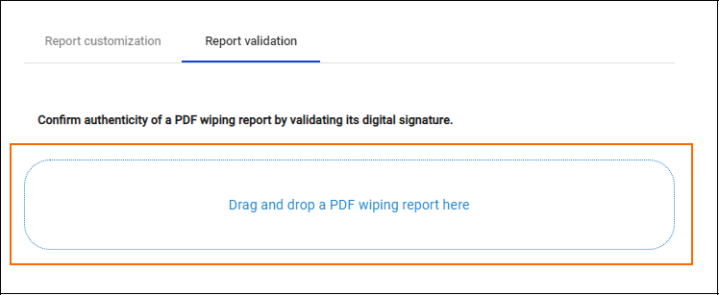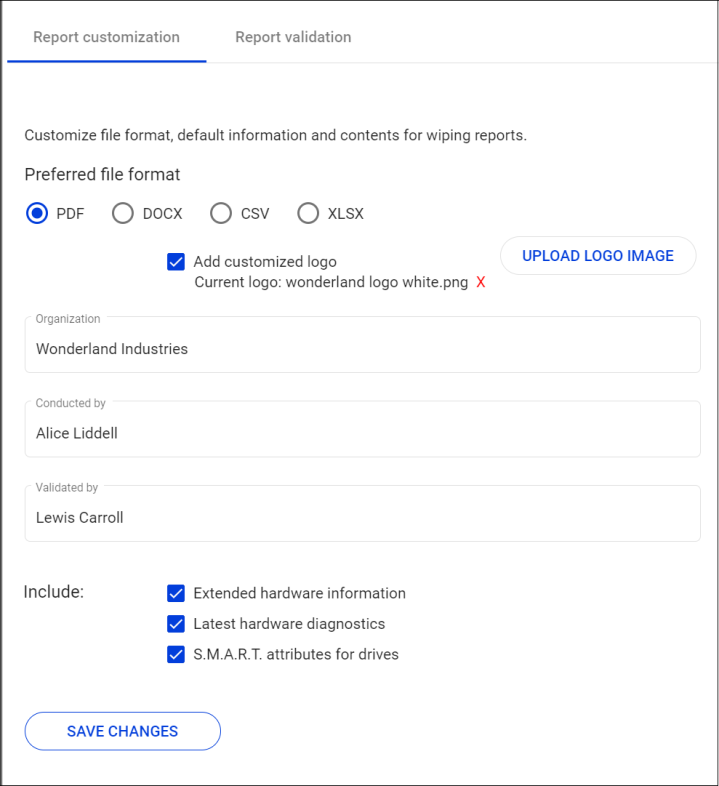



Certificate of Destruction Hard Drive is documentation that’s likely required by your company for compliance and auditing reasons when securely erasing data. But what is a Certificate of Destruction for hard drives, when is it needed and how can you get your hands on one?
In this blog, you can find answers to the above questions and instructions on how to produce certificates with BCWipe Total WipeOut.
Skip to step-by-step instructions on how to obtain a Certificate of Destruction.
A Certificate of Destruction (CoD) or Certificate of Erasure (CoE) is an audit document providing confirmation that all information stored on hard drives, SSDs or other types of storage media has been erased with due diligence and is unrecoverable even with the use of advanced forensic tools. Certificates also prove that organizations or individuals have erased information in a way that complies with established data protection regulations, such as GDPR.
The following components must be included in a valid Certificate of Destruction or Certificate of Erasure:
As mentioned above, a Certificate of Destruction is required for matters of legal compliance and auditing data destruction processes. Along with expanding on these 2 points, let’s take a look at the other reasons why a CoD for hard drives or CoE may be needed.
A Certificate of Destruction can be generated by most trusted data wiping software. For example, BCWipe Total WipeOut provides tamper-proof certificates that come with digital signatures to prove that erasure reports have not been illegitimately edited or falsified. Here are instructions on how to retrieve a tamper-proof wiping report with BCWipe Total WipeOut in just a few clicks:

Users can customize reports with BCWipe Total WipeOut in order to adjust tamper-proof certificates to meet specific requirements. Here’s how to do so:



Each tamper-proof wiping report is automatically generated with a digital signature that can be checked by accessing the ‘Report validation’ tab. The engine will examine the digital signature and report whether the document is authentic or not. To ensure that your certificates are tamper-proof, just make sure that erasure reports are generated as PDF files.
Trusted by the U.S. Department of Defense for over 15 years, BCWipe Total WipeOut is Jetico’s software for wiping hard drives beyond forensic recovery. Owners of hard disk drives (HDDs), solid-state drives (SSDs), Macs and NVMe devices can use BCWipe Total WipeOut to securely erase entire drives. After wiping your device with BCWipe Total WipeOut, you can use the software to generate tamper-proof certificates of erasure that include all the components listed above .
To get started with BCWipe Total WipeOut, contact our Data Protection Specialists and request a free trial. To learn more about how to wipe hard drives clean, read our ultimate guide.
Related Articles
CMMC 2.0 Levels, Controls & Framework for Media Sanitization Requirements
NIST SP 800-88 Guidelines for Media Sanitization Explained
IEEE 2883-2022 Standard for Sanitizing Storage
IRS Publication 4812 & How to Comply with Wiping Standards
How to Securely Wipe Your Windows 11 Computer Clean
How to Wipe a Hard Drive on a Dead Computer
How to Wipe an NVMe Drive
How to Delete Files on SSD

Hannaleena Pojanluoma has been leading Jetico as CEO since May 2023, bringing with her more than 20 years of sales, marketing and technology experience. Previously working for a range of international companies in her native Finland, Pojanluoma has a broad understanding of diverse international markets.
Pojanluoma has been essential in driving sales growth since joining Jetico in October 2015. Her efforts have been concentrated on boosting sales and brand awareness in key European countries such as the United Kingdom, Germany and Italy.
As a member of Jetico's Board of Directors, she joins influential figures such as Tommi Rasila and Umeshchandra Gowda.